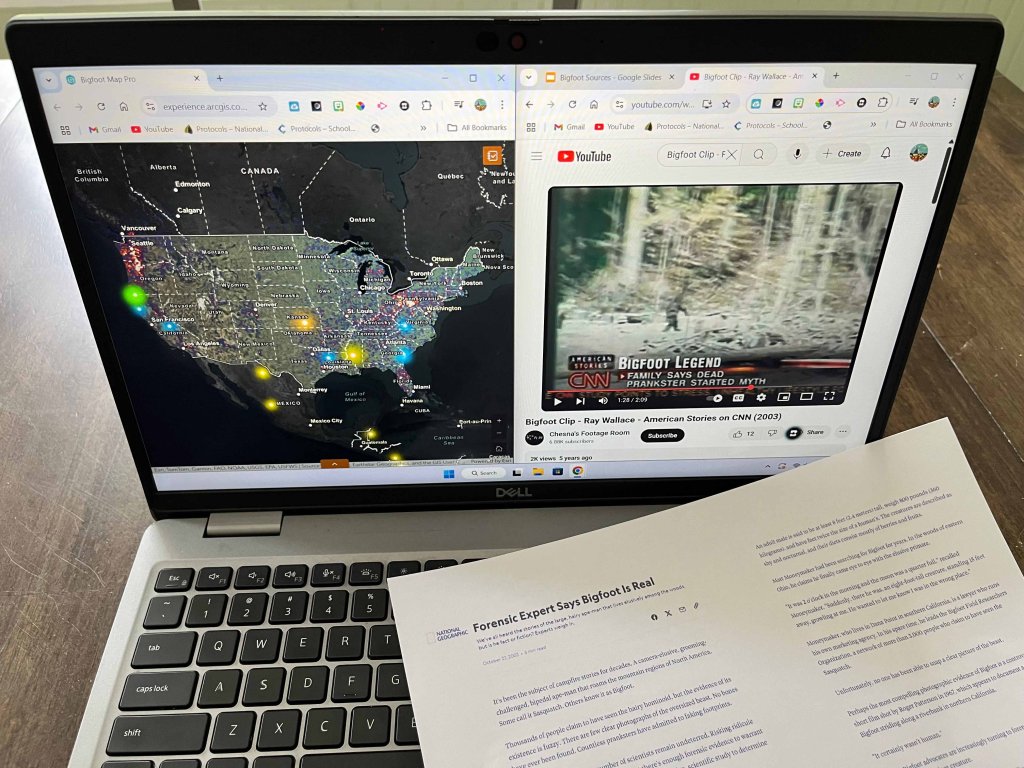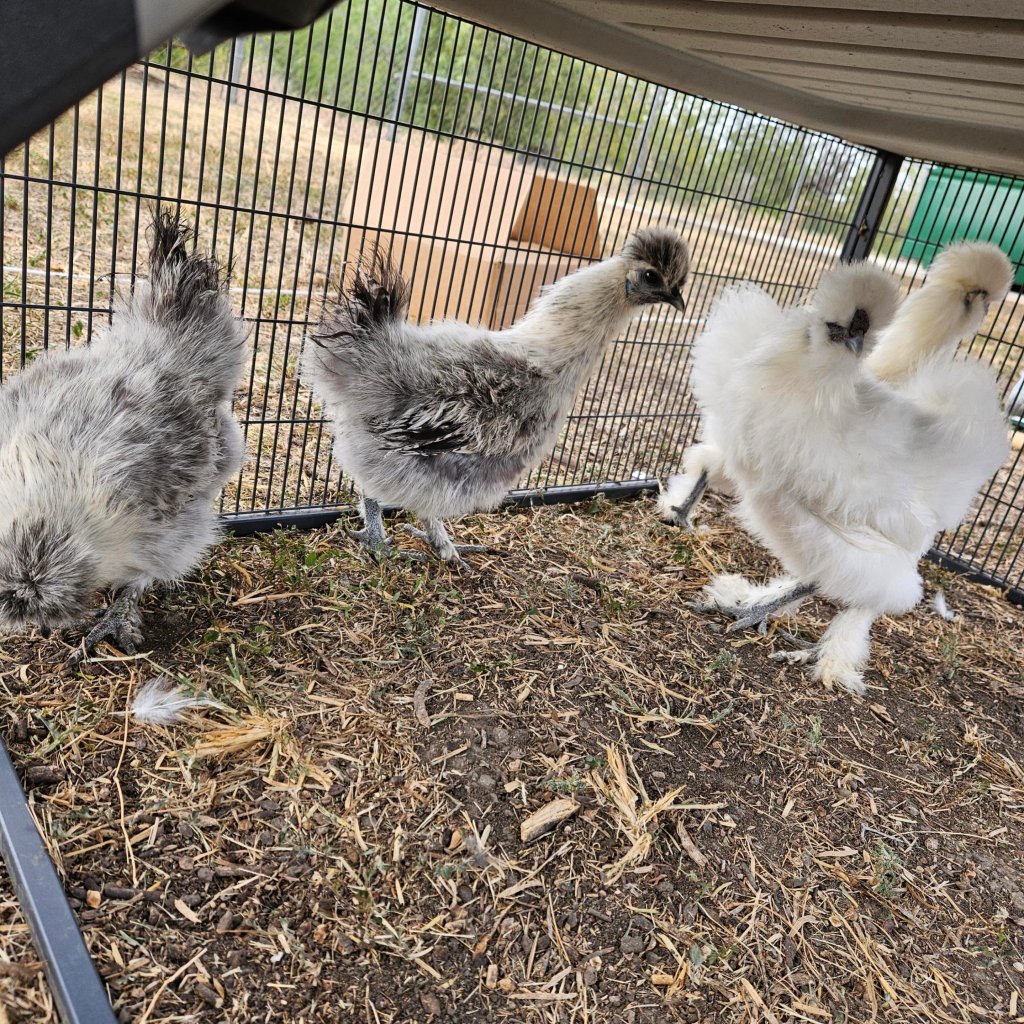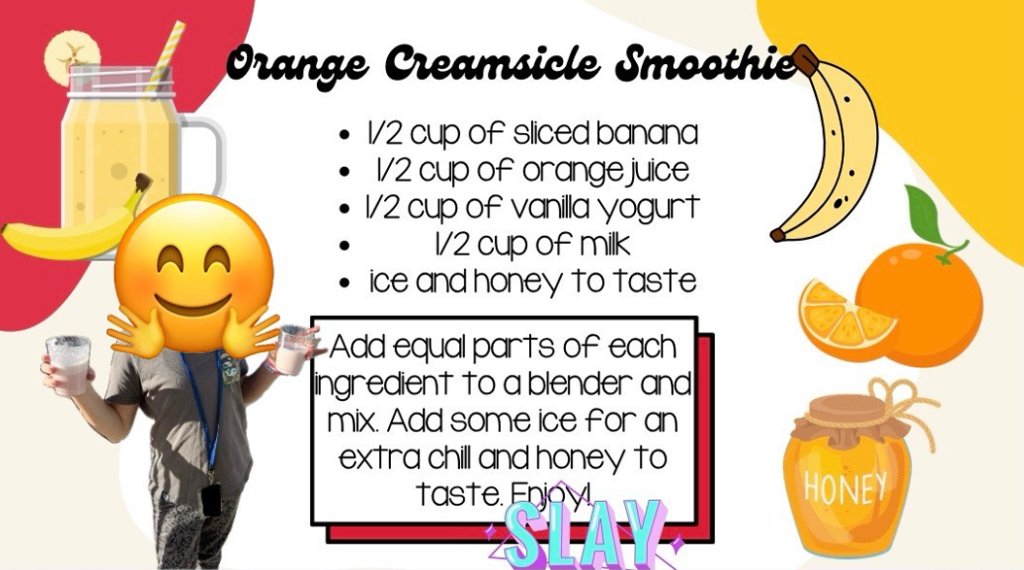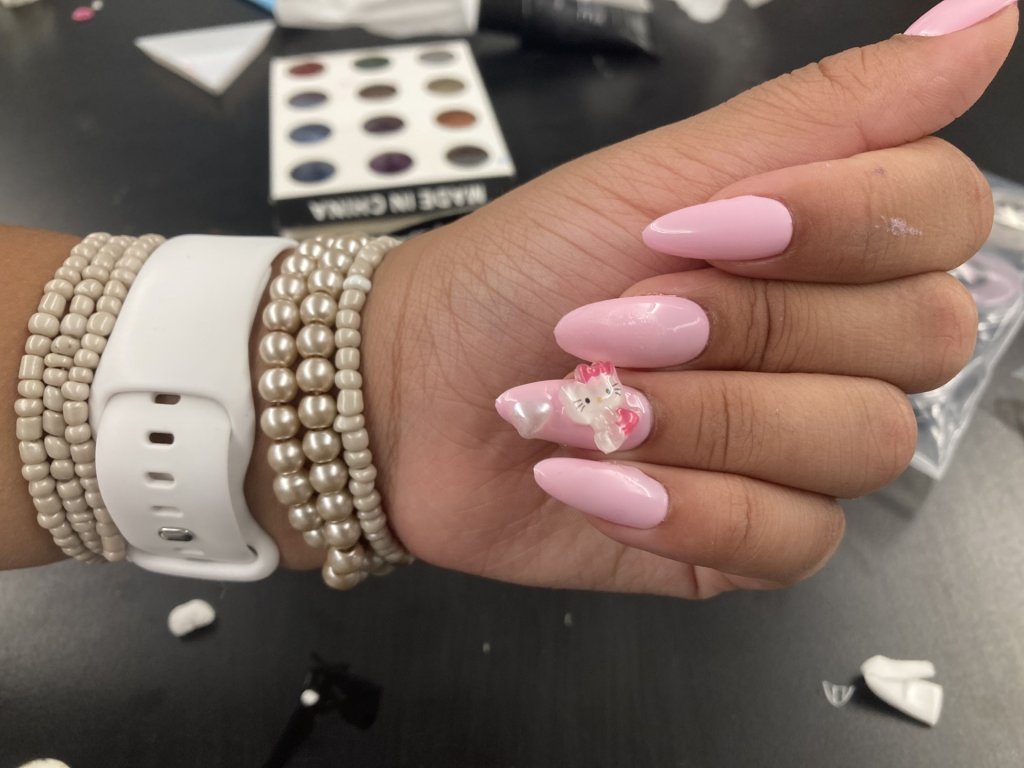10 Fun, Unexpected School Clubs Worth the Lift
From blending up fresh smoothies to raising chickens, these clubs require commitment—and they deliver joy, connection, and community in return.
Your content has been saved!
Go to My Saved Content.Erin Tillman never imagined she’d run the seventh- and eighth-grade boys’ after-school wrestling club. As the group’s leader, she helped students write letters to their favorite WWE stars and use the school’s 3D printer to make a championship belt. “Kids got to practice their choreographed showdowns in slow motion in the gym on the mats, and then we voted for best sequence,” says the former middle school teacher. “It was really hilarious and way more fun than I expected.”
Expanding your school’s club repertoire beyond the usual chess, debate, and school newspaper offerings is worth the effort: Research powerfully connects extracurriculars with improved student academics and well-being, giving kids opportunities to connect with peers outside of the structure of the school day. And while extracurriculars can be tough to staff, adults leading after-school groups can become meaningful, trusted role models, building connections with young people beyond the classroom. “This single adult will get to know, and perhaps serve as a mentor to, a large and diverse cross-section of the student body,” writes Chad Lang, an assistant superintendent of school improvement in Glenwood, Iowa. It’s crucial, he says, that school leaders acknowledge the impact that extracurriculars can play.
Meanwhile, the impact on students of after-school activities, says Jal Mehta, a Harvard professor of education, extends into significant domains like purpose and community. “When we visited schools, we asked students, teachers, and administrators to point us to the most powerful learning spaces in their schools,” says Mehta, coauthor of the 2019 book In Search of Deeper Learning. “They frequently pointed us to elective classes and extracurricular spaces.”
We asked you—the educators in our community—to tell us about the best after-school clubs at your school that dare to offer something a little different. Over 1,000 responses came pouring in, revealing an astonishing range of student interests, with clubs spanning underwater robotics and beekeeping to a potato appreciation society and a space where Taylor Swift fans bond about cherished lyrics. Here are 10 unique, standout clubs for students from upper elementary to high school.

Karaoke Club: For two hours each Friday, educator Jonathan Hamer’s classroom gets a makeover: Welcome to Mr. Hamer’s Karaoke Club! What started with a simple Bluetooth speaker, microphone, and laptop has evolved into a full-blown concert experience complete with a proper mic stand, an amp, and sound-activated disco lights where students come to belt out favorites, duet with friends, or simply soak up the electric atmosphere. Even staff members join the fun, especially around the holidays for Carol-oke. “The students have such an eclectic range of songs they want to sing—from rock, pop, rap, and Disney, to indie and show tunes,” Hamer says. “They’ve certainly educated me to some new music; I never realized how many songs Taylor Swift had written!”
Friendship Club: Each time this club meets, “students make one item for themselves and another to give away to a friend,” says elementary school teacher Lourdes Peña. It’s not just about crafting something by hand—it’s about the connection that comes from giving and receiving something made especially for you. Using materials provided by the school district, students have decorated clay pots, crafted colorful friendship bracelets, made vibrant tie-dye T-shirts, and melted down old crayons to pour into molds.
Oddities of History Club: Does Big Foot exist? What happened to the people on board the brigantine Mary Celeste? These are the types of questions students explore as they dive deep on a teacher- or student-chosen topic. “Students collaboratively analyze their evidence—primary and secondary sources curated by [eighth-grade social studies teacher] Jenna Taylor and me,” explains seventh-grade English language arts teacher Amanda Dauphinais. “Students also assess the source’s credibility and bias before taking notes and determining their stance.”

After the investigation, Taylor and Dauphinais facilitate a fishbowl format discussion, or table group debates. Students often become so deeply immersed and motivated—eagerly introducing their proof, offering counterclaims, and sharing rebuttals—that time runs out. “Students would not want to end when the bell rang and would continue their debates down the hallway and sometimes even into class the next day,” Dauphinais says.

Chicken Coop Club: If your school has a patch of grass or free schoolyard corner, a chicken club can quickly become the most popular—and egg-producing—spot on campus. The first part of the club meetings is spent teaching students facts about chickens, says Erica D. Rocha, an upper elementary educator. Topics range from the parts of an egg and chicken anatomy to proper chicken nutrition and incubation periods before chicks hatch. Then the group heads out to the coop to visit Daisy, Luna, and Lola.
A city grant earmarked for climate, conservation, and sustainability education provided the funds for the coop, protective fences, feeders, and materials to incubate eggs. Worried about chicken droppings and excess eggs? Rocha says the garden club uses droppings for their composting, and the school’s cooking club makes use of the eggs. “It’s amazing to watch the kids learn how everything is interconnected,” she says.
GlamourGals: Local nursing homes and assisted living facilities offer opportunities for meaningful community service work. Since starting a chapter of the GlamourGals in 2024, students have spent numerous hours and holidays with their senior citizen friends—from a Veterans Day karaoke party to makeovers and bracelet-making on Galentine’s Day. The club operates entirely under student direction, with members brainstorming creative activities, coordinating with senior living facilities, and promoting upcoming events. Club materials and supplies are offered free of cost by the GlamourGals Foundation, says Pamela Harris-Marcus, dean of student life and English faculty at Villa Duchesne, a Missouri pre-K to 12 school. While students do earn service hours for their participation, the real reward is the “relationships our students cultivate with the seniors they’re serving.”
Smoothie Club: When the blenders start whirring in sixth-grade teacher Adalin Mena’s classroom, everyone nearby knows it’s time for Smoothie Club. Students split into two groups. One group brainstorms a recipe, from fruit combinations to which liquids and potential sweeteners to add. “During this time, we’d discuss the nutritional values of each fruit or new addition,” Mena says. The other group listens attentively and records the ingredients to create a recipe card in Canva—to be included in the school news broadcast the following week. “The kids get a kick out of it and love sharing their recipe with the rest of the school,” Mena says. The club meeting ends with samples shared widely with other after-school groups (like the gardening club, who once contributed freshly grown beets and kale for a berry smoothie).

Jogging and Walking Club: Competitive sports aren’t for everyone, and kids benefit from having access to a range of opportunities to be active. Enter the Jogging and Walking Club, where kids can unwind in the fresh air, says Jillian Levine-Sisson, the director of activities at District of Columbia International School. When the weather is warm, sixth-through-12th-grade club members lace up their sneakers and venture down to nearby Rock Creek Park in Washington, DC. “There are plenty of trails to explore, and the older students help to keep an eye on the younger ones as they move along,” Levine-Sisson says.
Handshake Club: Practice with social skills isn’t something students can Google when they need to make a good impression or ace a job interview. Handshake Club prepares middle school students for adult life by having them role-play real-world scenarios where eye contact, good posture, and a firm handshake matter.
Club adviser and middle school social studies teacher Anthony Barbano says the positive skill growth extends beyond the club meetings—it’s visible in how students interact in the hallways and inside the classroom. And the students see it in themselves as well: “Some of my teachers have noticed that I’m more social now,” student Jack Hampton told CBS Pittsburgh. “It really helped me because I somewhat struggled before I joined the club.”
“The Art of…” Club: Have a group of students who can’t quite pin down what they want to do after-school? Eighth-grade resource teacher Carolyn Kay has the perfect solution: a club where she and students dive into “whatever strikes our fancy.” This flexible space allows students the freedom to explore countless interests: sewing, crocheting, painting, cooking, you name it! The weekly topic of interest gets determined during homeroom via a brief student discussion. In past club meetings, kids crafted cozy blankets, painted picture frames, and baked fresh doughnuts.
Nail Art Club: Scroll through a tween’s TikTok “for you” page and you’ll probably be bombarded with nail art videos that make it look effortless (spoiler alert: it’s not!). A nail art club gives students the opportunity to safely explore their newfound passion. To keep nails and nail beds healthy, students experiment with colorful polishes, sparkly charms, airbrushing techniques, sculpting gel, and fun stickers on a fresh set of press-on nails each week.

Some weeks have a theme—like back-to-school or summer—while others are more open so that students can freestyle. “Nail art allows the kids to express themselves in a less traditional way, while also working on their fine motor skills, building confidence, and taking a peek into the beauty industry,” says Cynthia De Leon, program director of the Manhattan Youth Afterschool Program. “We have organized for a nail artist from our community to come in and do mini-lessons on specific techniques on a few occasions.”